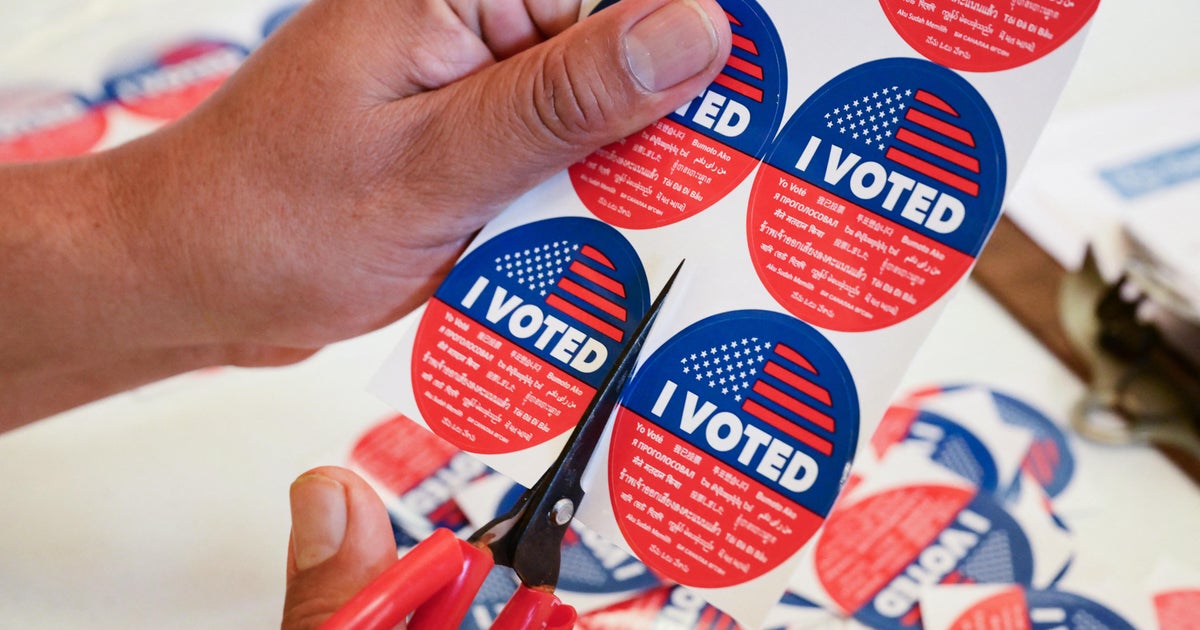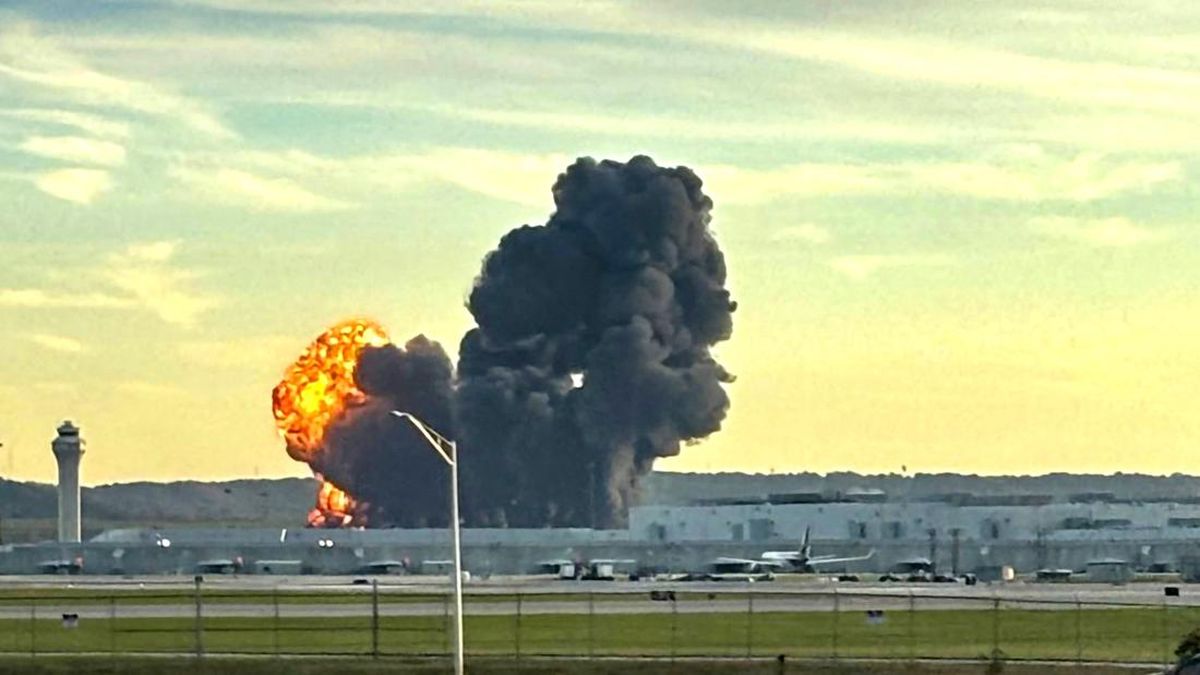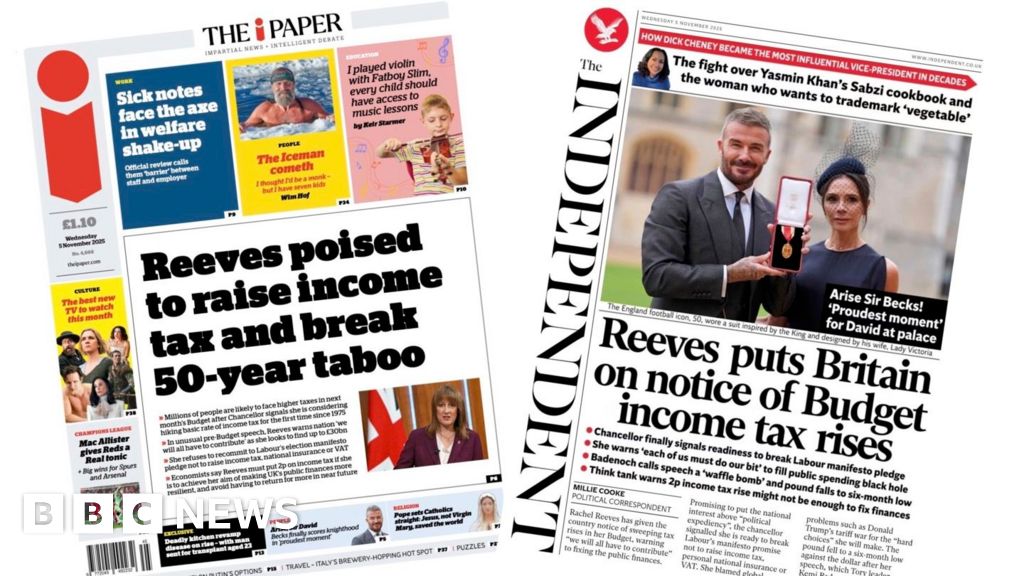Opinion
November 5, 2025 — 12.12pm
November 5, 2025 — 12.12pm
Concerns over the sky-high stock prices of companies engaged in the artificial intelligence frenzy have intensified over the past week, hitting share, bond, currency and cryptocurrency markets.
The US sharemarket has fallen nearly 2 per cent in a week, bond yields have edged down, the US dollar has reversed its year-long dive and Bitcoin, which was above $US124,000 less than a month ago, briefly dipped below $US100,000 overnight.
Those are all signs of a risk-off environment, with investors moving out of assets perceived to be risky and into the safer harbours of assets such as US Treasuries.

It’s the hangover after the AI party on the New York Stock Exchange.Credit: Bloomberg
Investors’ abrupt pivot to caution appears to have been triggered by last week’s spate of quarterly results from the mega technology companies.
While Amazon, Meta Platforms (Facebook’s parent), Alphabet (Google’s parent) and Microsoft reported strong earnings growth, they also revealed significant increases in their capital expenditures this year and next.
Loading
Between them, the companies plan to spend close to $US375 billion ($578 billion) this year alone, with much of that spending driven by their investments in AI infrastructure and chips.
Amazon expects to invest $US125 billion this year, up from the $US118 billion it had previously forecast, and then even more next year. Google raised its expectation of capex from $US85 billion to as much as $US93 billion this year, and will spend more in 2026. Meta expects to spend $US70 billion-plus this year, and a “notably larger” amount next year. Microsoft will invest $US80 billion this year and, again, even more next year.
In fact, between them, those four companies - which along with OpenAI and Nvidia are at the core of the highly-interconnected AI ecosystem - are expected to increase their aggregated spending by more than 20 per cent next year.
Notably, while its earnings were generally well received by investors, Meta’s share price has plunged since it revealed its expenditure plans. Its shares are down about 16.5 per cent over the past week, wiping about $US270 billion off its market capitalisation.
Unlike the other mega techs that reported last week, Meta doesn’t have a cloud business to sell capacity to others, which could offset – or at least share – some of the AI risk and generate revenue from third parties.
Loading
Its pathway towards monetising its AI investment through new revenue streams is more opaque than that of the other mega techs, and plays more directly into concerns about the returns on these massive investments.
That question mark over the ability of those investing previously unthinkable amounts into AI to generate returns that validate the scale and risk of those investments is central to scepticism about the sustainability of the boom in AI stocks.
It’s not so much scepticism over the potentially transformative impact of AI, but whether the companies are over-investing and whether their eventual returns will justify today’s valuations.
With the “Magnificent Seven” tech companies –Apple, Alphabet, Amazon, Meta, Microsoft, Nvidia and Tesla – accounting for almost 40 per cent of the entire value of the S&P 500, the fate of the market hangs on the question of how to assess the potential of AI revenues and profits for those companies against their profligate spending.
There are wider implications.
The scale of their investments is propping up the entire US economy at a time when Donald Trump’s tariffs, their chilling effect on US investment outside AI, a shrinking manufacturing sector, rising unemployment amid falling immigration and a government shutdown are depressing activity and economic growth.
The frothy valuations and intensifying interconnectedness of the AI companies is therefore creating a significant vulnerability for investors, the economy and the US financial system.
That vulnerability will swell because, where AI investment was initially funded from the mega techs cash flows or, for companies like OpenAI, through equity investments, there is an increasing use of debt – both on-balance sheet and off-balance sheet – to pay for expenditures that are generating relatively modest revenues.
It isn’t surprising that some see that vulnerability as an opportunity.
Michael Burry, who made a killing by betting against the sub-prime mortgage market in the leadup to the 2008 financial crisis (and was made a celebrity by the Michael Lewis book and the subsequent film, “The Big Short”) has reportedly taken out $US1.1 billion in short positions, via put options, against Nvidia and Palantir.
Burry has posted references to “bubbles” on social media and highlighted discussions of the circular and incestuous financing relationships that are a feature of an AI sector whose voracious and perhaps unprecedented appetite for capital has forced collaboration by competitors and very creative financing.
He’s not the only one thinking that AI stocks may have run too far, too fast.
Goldman Sachs chief executive David Solomon and Morgan Stanley’s Ted Pick, speaking at an investment conference in Hong Kong this week, both suggested there could be a significant sharemarket correction over the next year or two.
Solomon said he thought it likely that there would be a 10 to 20 per cent “drawdown” in the next 12 to 24 months, while Pick said his firm would welcome the possibility of a 10 to 15 per cent pullback that wasn’t driven by “some sort of macro cliff effect.”
Both were referring to the sort of routine corrections that can occur during a lengthy bull market run. Burry seems to be betting on something more structural and destructive.
While most of the market’s focus is on the validity of AI spending, another recent influence has been provided by the Federal Reserve Board.
The Fed cut its policy rate by 25 basis points last week, as expected, but revealed unexpected divisions and uncertainty about the outlook for the rest of the year. Chairman Jerome Powell referred to “driving in the fog,” which was as much a reference to the clouded outlook for unemployment and inflation as it was to the shutdown-driven absence of economic data.
Loading
Investors who had pencilled in another rate cut in December, which would be positive for the sharemarket and other risk assets, are now having doubts that the Fed will deliver.
There’s also Trump’s tariffs, which are being challenged in the US Supreme Court this week. Revenue from those tariffs had provided some comfort that the growth in America’s debt and deficits might be moderated, at least to a degree.
A loss in the court would see that revenue stream jeopardised and, perhaps, mean that the duties collected to date have to be refunded. US debt and deficits would be a more front-of-mind threat to the US dollar, interest rates, the economy and markets.
While those other issues matter, it is, however, the sustainability of the AI boom and the sharemarket valuations attributed to it that have provided the foundation for a sharemarket boom that’s nearing its third anniversary.
If enough investors think AI companies are spending too much for returns that could be too small, too risky or too distant, the interdependencies of the key companies involved could create a violent implosion – not the correction that Solomon and Pick were describing.
The Business Briefing newsletter delivers major stories, exclusive coverage and expert opinion. Sign up to get it every weekday morning.
Most Viewed in Business
Loading


















































